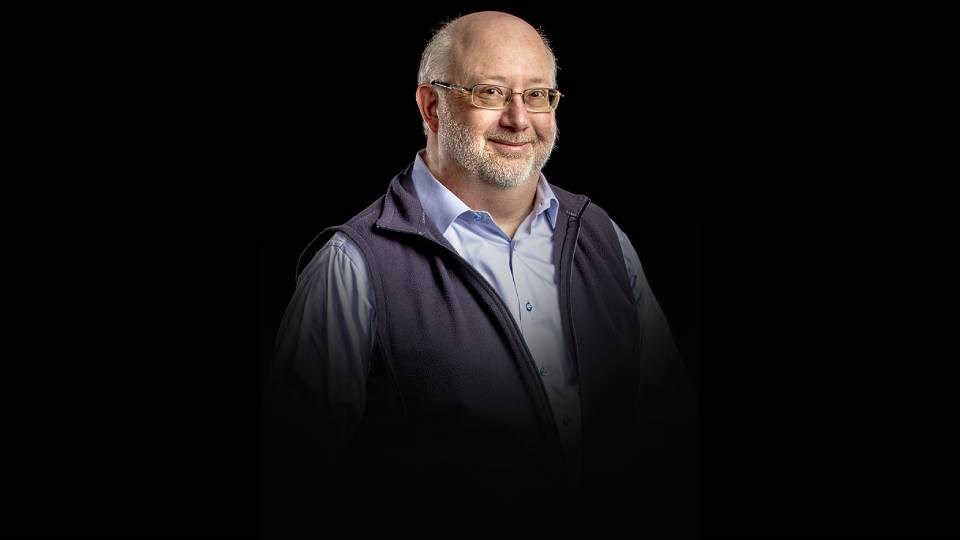A Lakehead University professor is being acknowledged for his work fostering a greater understanding of the geology of the Lake Superior region.
Dr. Peter Hollings, a long-time geology instructor and researcher at the Thunder Bay school, has received the Goldich Medal Award from the Institute on Lake Superior Geology.
The non-profit professional society serves as a forum for the exchange of geological ideas and scientific data, and the promotion of better understanding of the geology of the Lake Superior region.
The Goldich Medal Award is named for its first recipient — Sam Goldich — who was recognized in 1979 for his contributions to the field over a period of five decades.
Hollings said he was “deeply honoured” by the recognition, which was bestowed April 24 during the organization’s annual meeting in Eau Claire, Wisc.
“Since starting at Lakehead University over 20 years ago, I have been fascinated by the geology of the Midcontinent Rift and have been working with colleagues and students to better understand how it formed. To see my research recognized in this way is truly humbling,” Hollings said in a news release.
“However, none of this would have been possible without the hard work of my students, the support of funding agencies like NSERC (Natural Sciences and Engineering Research Council of Canada), and industry partners including Impala Canada Ltd. and Clean Air Metals, and the love of my amazing wife.”
Hollings is the NOHFC Industrial Research Chair in Mineral Exploration and director of Lakehead University’s Centre of Excellence for Sustainable Mining and Exploration.
His research has focused on the Midcontinent Rift System and Archean greenstone belts and their mineral resources.
One area of emphasis in his research is the application of geochemistry and petrology to explore for ore deposits, including at Lac des Iles Mine and the Thunder Bay North igneous complex, working with a wide range of industry partners such as Wesdome, Goldshore, Nighthawk Gold, and Evolution.
Hollings is also a keen educator, both through his classroom work and the inclusion of his students in his research projects.
A more comprehensive look at Hollings’ body of work is available here.
